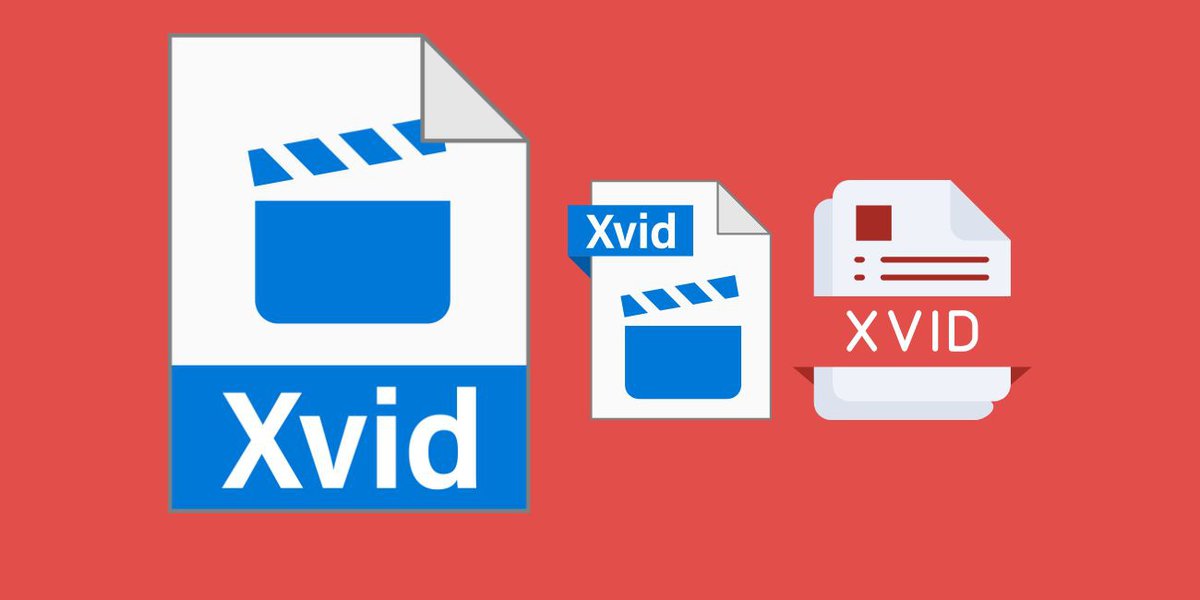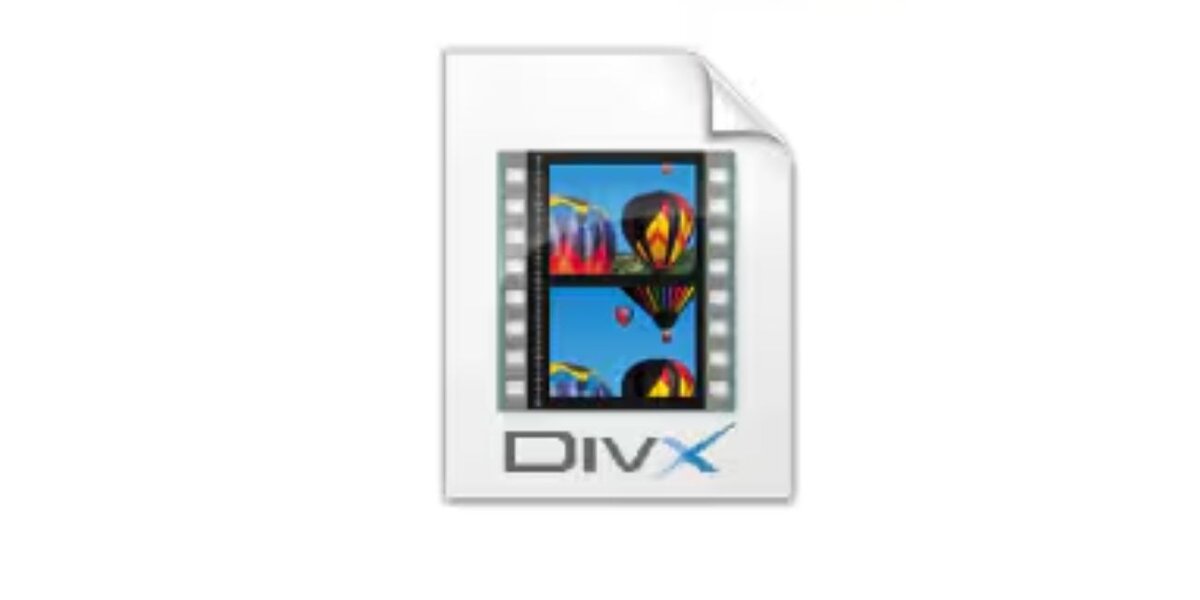If you’ve downloaded videos or tried to play older movie files, you’ve probably seen names like DivX and Xvid. They show up in file names, media players, and even DVD menus. But most people don’t know what they are—or why the file won’t play unless a certain “codec” is installed.
Understanding the difference between DivX and Xvid helps you choose the right one for converting, sharing, or watching videos without playback issues.
What Is a Codec?

A codec is short for “compressor-decompressor.” It shrinks large video files so they’re easier to save, send, and play. When you open a video, the codec decompresses the data so it can show up on screen.
Without the correct codec, your video won’t work. That’s why you need software like DivX or Xvid—it helps your device understand and play compressed videos.
What is DivX?

DivX is a proprietary video codec owned by DivX, LLC. It is designed to deliver high-quality video in smaller file sizes. Many DVD players, smart TVs, and set-top boxes support DivX because it’s been around since the early 2000s.
It works mainly with the .divx file format, though it can also support .avi and .mp4. People often use DivX for burning DVDs or compressing big movie files without losing too much detail.
Differences Between DivX and Xvid
Here’s a quick side-by-side comparison:
| Feature | DivX | Xvid |
|---|---|---|
| License | Proprietary (closed source) | Open-source (free to use) |
| File types | .divx, .avi, .mp4 | Mostly .avi |
| Quality | High, slightly slower | High, faster compression |
| Device Support | Better on TVs and DVD players | Better for software players |
| Customization | Limited | More advanced settings |
In simple terms: DivX is more plug-and-play, while Xvid gives you more freedom and flexibility.
Device and Software Compatibility
Device and Software Compatibility
DivX is often the better choice if you’re using older DVD players or smart TVs. Many of these devices come with built-in DivX support, so you can just plug in a USB or pop in a disc and play the video without issues. The official DivX Player software also helps with playback on Windows and macOS, offering good quality and stable performance for .divx or .avi files.
Xvid, on the other hand, is a favorite for people who use open-source tools or media players like VLC. It works smoothly with FFmpeg, VirtualDub, and most video editing programs on both Windows and Linux. Even if a device doesn’t mention Xvid support directly, it’ll likely play .avi files encoded with Xvid because it follows standard MPEG-4 formatting. So if you’re using a laptop or desktop, both codecs will usually work without a problem.
Which One Should You Choose?
Here’s how to decide:
- If you need full control and want to use free tools, go with Xvid
- If you’re working with smart TVs, DVD players, or want something that works out of the box, choose DivX
- If you’re sharing videos with others and not sure what they use—.avi with Xvid is often the safer bet
- If you’re converting for playback on old DVD devices, DivX may be more compatible
Final Thoughts: Know the Format Before You Press Play
Both DivX and Xvid do the same thing—compress video—but they do it in slightly different ways. One is free and flexible. The other is more structured and supported by certain devices.
Choosing the right one depends on what you’re doing. Watching? Converting? Burning a DVD? Either way, now you know what sets them apart—and which one to pick when it counts.
Feel free to share this guide with anyone stuck trying to play or convert a video. Questions? Drop them in the comments.

